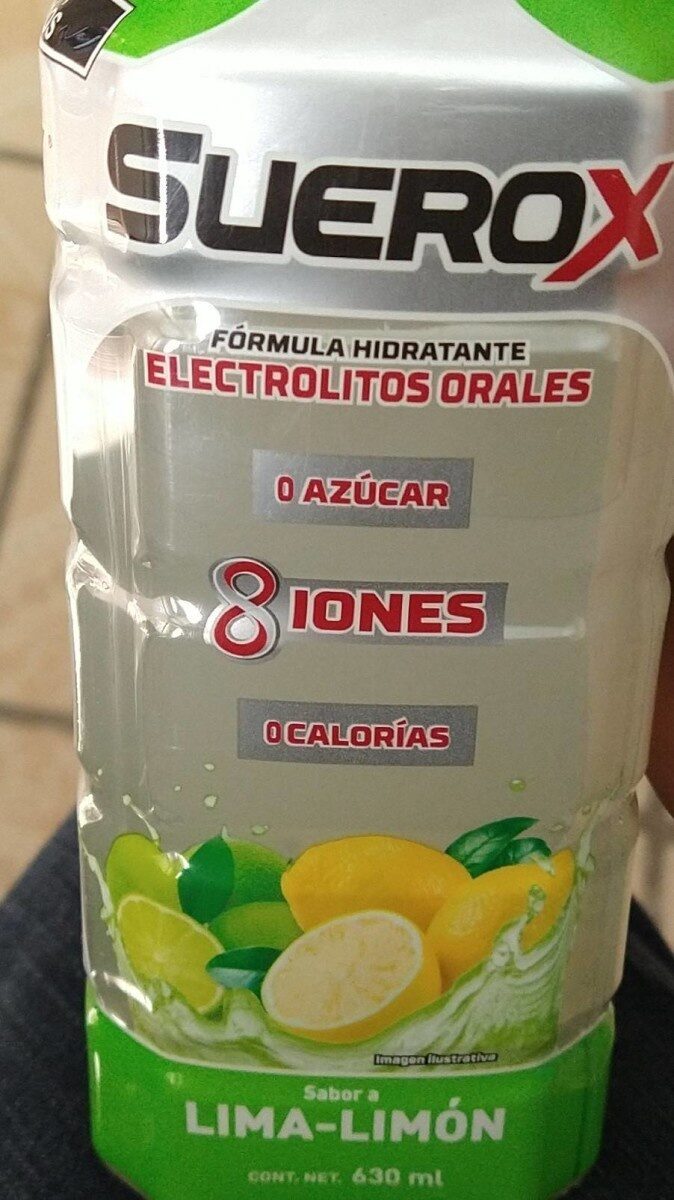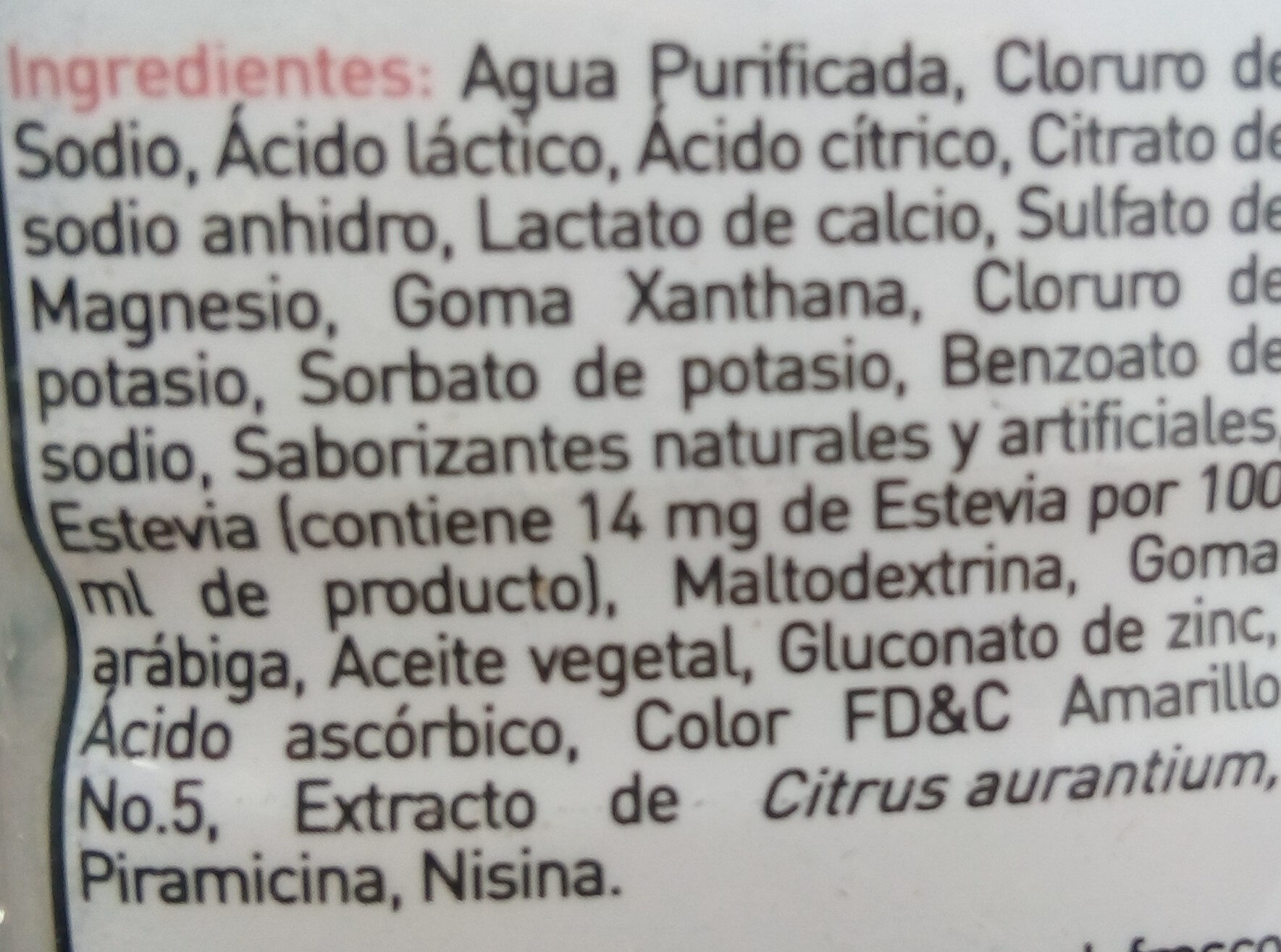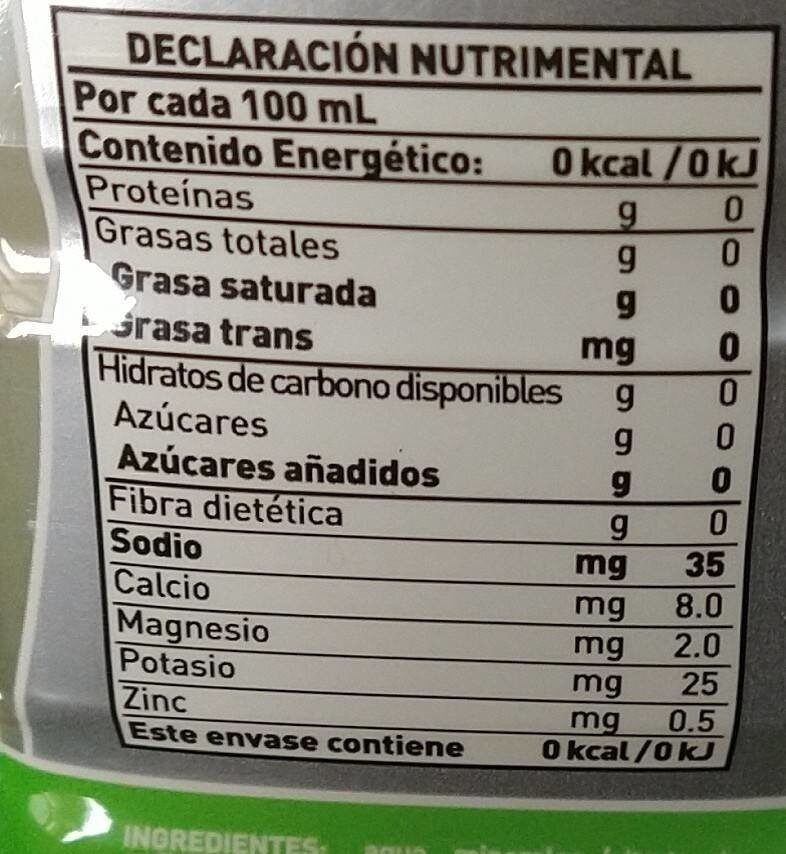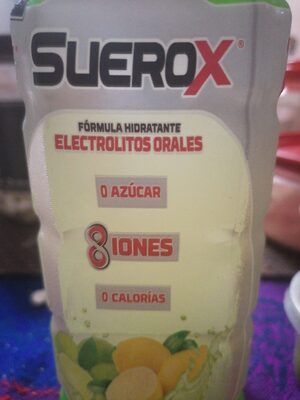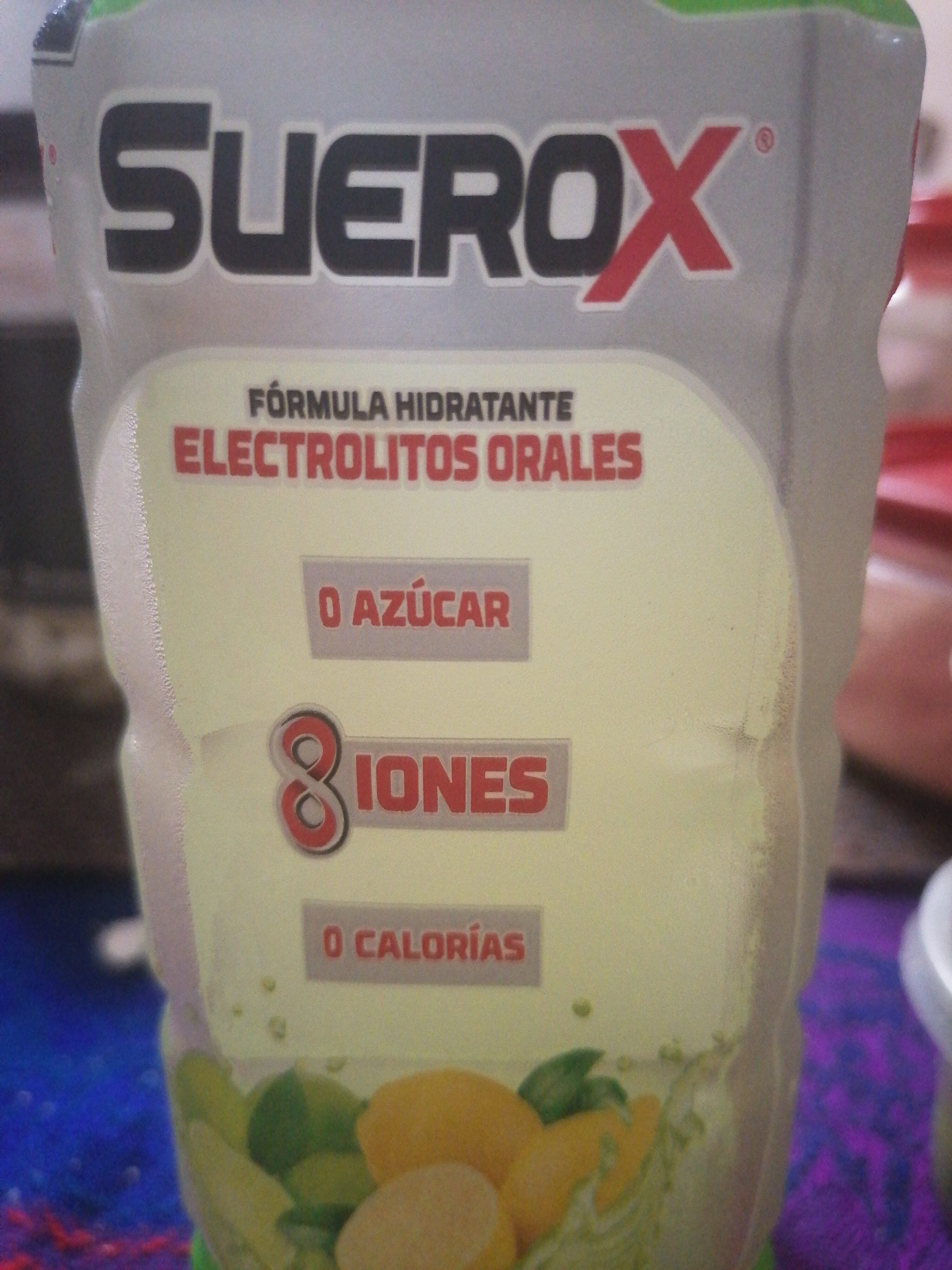Sue rox - Suerox - 630 ml
This product page is not complete. You can help to complete it by editing it and adding more data from the photos we have, or by taking more photos using the app for Android or iPhone/iPad. Thank you!
×
Barcode: 0650240032325 (EAN / EAN-13) 650240032325 (UPC / UPC-A)
Quantity: 630 ml
Brands: Suerox
Categories: es:Bebida-hidratante
Labels, certifications, awards: Low or no sugar, No sugar
Countries where sold: Mexico
Matching with your preferences
Report a problem
Data sources
Product added on by generaxiontech
Last edit of product page on by 5m4u9.
Product page also edited by aleene, kiliweb, openfoodfacts-contributors, smoothie-app, yuka.sY2b0xO6T85zoF3NwEKvlkd9WsLPjh_pFDDWs0q3_4meNa63ZY1ZvZbwKqg, yuka.sY2b0xO6T85zoF3NwEKvlmpAT-XspwnKKCTkt2OI3NyzK7G0fY5s75X1bqo.
If the data is incomplete or incorrect, you can complete or correct it by editing this page.

